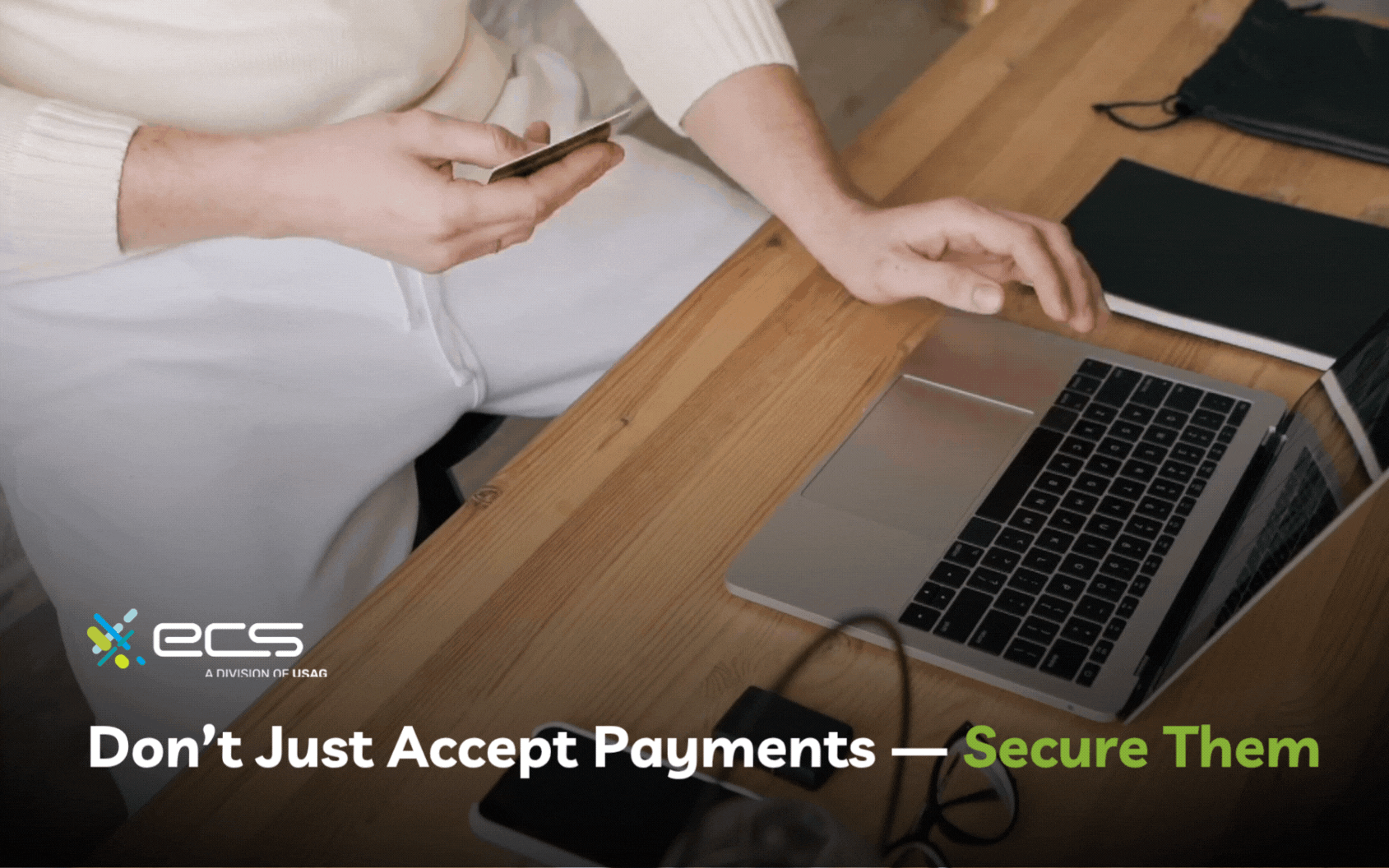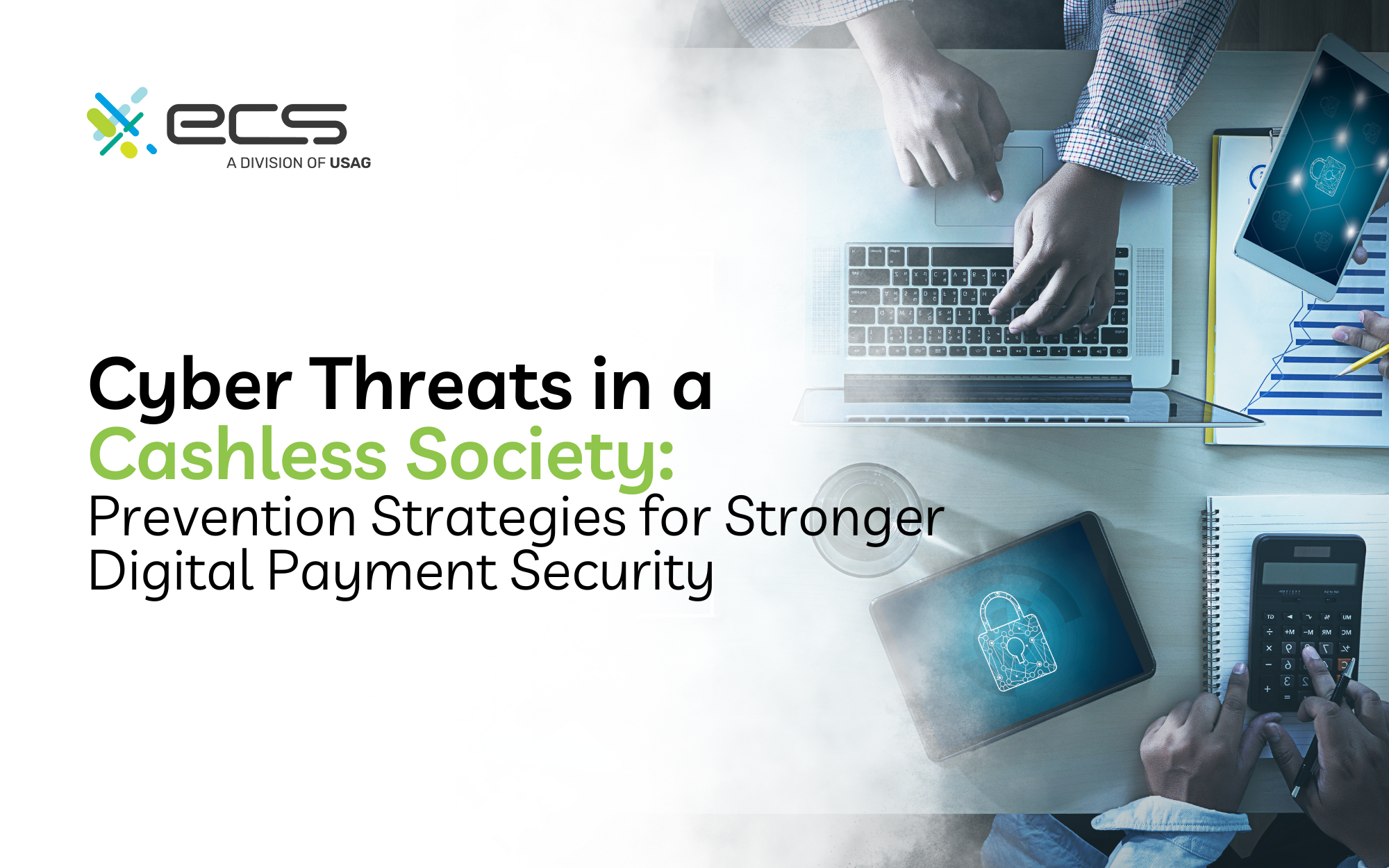Have you ever had a transaction that felt just a little…off? Maybe you saw an unusual sale while reconciling your books. Maybe a customer complained after their credit card numbers were stolen. Or perhaps you heard a colleague whisper about a data breach at a nearby shop and wondered, “Could this happen to me”? This uncertainty hits at the heart of digital payment security, and, honestly, it’s the kind of worry no business owner wants to carry.
But here’s the good news: understanding the risks of digital transactions and embedding smart defenses can protect you, your customers’ personal information, and your brand.

First Step in Digital Payment Security: Know What You’re Up Against
Recent studies note that 3 out of 5 people no longer believe cash is king. Therefore, many businesses are moving toward cashless checkout. When your business moves toward a cashless setup: digital wallets, virtual terminals, tap payments, you unlock convenience and speed. But you also tread into a landscape filled with cashless fraud risks.
Losses from online payment fraud are expected to exceed $362 billion globally over the next 5 years. In the U.S., nearly 44 % of small business owners say their biggest worry is unauthorized transactions and the need for better payment fraud protection apnews.com.
That’s not just numbers, it’s lost time, revenue, and worse, erosion of customer trust.

How Cybercriminals Target Merchants
From phishing attacks to stolen credit card information, from data breaches to chargebacks, they’ve got a full on toolkit. Data breaches and phishing attacks are one thing, but there are ways criminals can use real transactions to steal from your business.
Bad actors use stolen payment information in card not present transactions or eCommerce sales to make online payments. They can more easily hide behind the virtual terminal than they could an in person sale. These tactics can go unchallenged if your transaction defenses are weak. A chargeback can then follow from the true cardholder.
Friendly fraud, on the other hand, there is another type of chargeback, but one that the bad actor uses to get money back on a transaction they initiated. They would claim they never received their goods or service and deny the transaction as legitimate, which triggers a costly chargeback, full of fees and lost revenue.
To mitigate these situations, you need a plan.

Merchant Cyber Threat Defense
So how does a business defend itself without having to become a cyber cop or a security guard for their own transactions? The good news is it’s not a full time job where you have to hire someone to constantly watch your sales for suspicious activity.
Selecting the right payment provider, like ECS Payments, which can implement advanced digital payment security features at your gateway and has an in house risk team monitoring your transactions, is all you need.
Here are a few POS security strategies you can be sure to implement with your provider for your digital transactions.
Encryption & Tokenization
Gateways use point to point encryption (P2PE) or tokenization to replace real credit card numbers and personal data with tokens, characters that hackers cannot use to access sensitive payment data.
Multi Factor Authentication
Adopt strong digital identity verification practices such as multi factor authentication, 3‑D Secure, or Strong Customer Authentication (SCA). It may add an additional step at checkout, such as a text and code entry, but it drastically cuts fraud.
Continuous Monitoring & Threat Intelligence
Full service merchant service providers, like ECS Payments, also go above and beyond with Digital Payment Security with in house teams that actively monitor their merchant’s accounts, flagging and holding any suspicious transactions to ensure the merchant is protected from fraudulent transactions that the gateway may not have caught.
The card brands aren’t sleeping on this, either. Fraud also affects their bottom line. As a result, Visa actively hunts down fraud. 12,000 malicious merchant sites were taken down last year alone, stopping about $27 million in victim losses. Now, that’s more targeted at illegitimate businesses and not criminal customers. But that just drives home how important it is to showcase that you are a trustworthy merchant with secure payment systems in place.

Real Digital Payment Security Strategies for Small Businesses
As a payment processor, we see what works for small businesses. Here are the steps you need to take to ensure digital payment security:
- Step in early: automate fraud detection with advanced gateway tools
- Train Staff: keep staff trained on recognizing phishing attacks or fraudulent looking sales.
- Use layered authentication methods at checkout, such as 2FA and AVS.
- Implement chargeback prevention tools such as receipts, delivery confirmation, tracking, and customer follow ups to minimize friendly fraud.
- For in store, upgrade to the latest terminals with advanced gateway integration.

Why Digital Payment Security Should Matter to You
At the end of the day, it comes down to two things: protecting your bottom line and gaining customer trust. Every unauthorized charge, fraud incident, or data breach bleeds profit and hurts your brand reputation. Shoppers expect secure online transactions. If you deliver tight information security, customers stay loyal, and may even spend more.

Final Takeaway
Shifting to a cashless model is smart, but it comes with a heavier cyber security responsibility. If you lean on dated systems or skip essential layers: encryption, authentication, ML detection, you’re vulnerable to payment fraud, data breaches, and financial losses.
A robust merchant cyber defense strategy isn’t just tech, it’s peace of mind.
Reach out to ECS Payments for help crafting a tailored plan so your business thrives in a cashless world while keeping fraud at bay.
